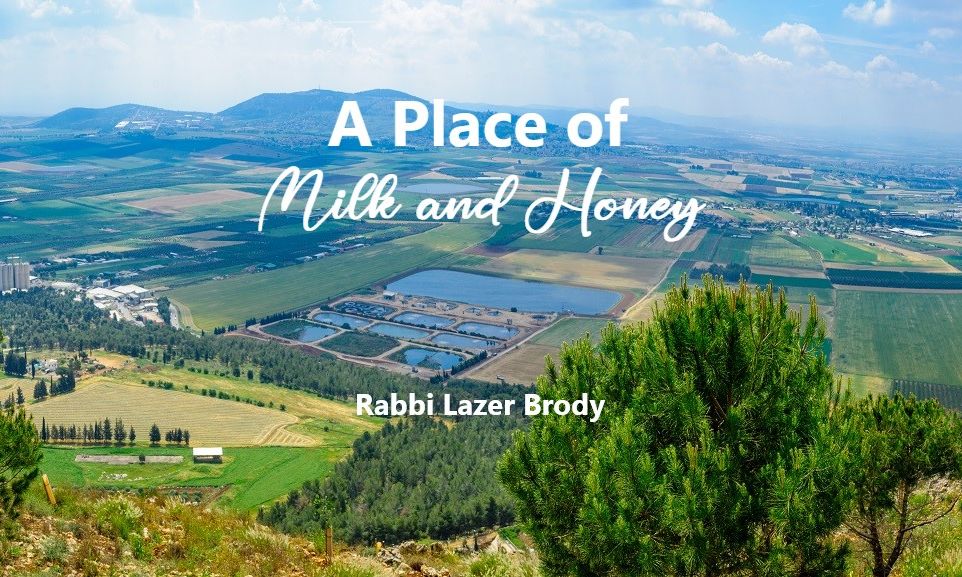
Ki Tavo: A Place of Milk and Honey
Rebbe Shimon Bar Yochai says in the holy Zohar that the Land of Israel resembles the Upper Spiritual Realm; that's why Hashem brought His Chosen People there…

“He brought us to this Place, and He gave us this Land, a Land flowing with milk and honey.” (Deuteronomy 26:9).
The Land of Israel is the Land of miracles. In other words, as miracles defy nature, everything in the Land of Israel defies nature as well. The Gemara in tractate Ketubot says this emphatically when it calls the Land of Israel the “Land of Emuna”; both emuna and miracles are beyond the limitations of nature. One can simply open his or her eyes to see the marvel of the tiny Jewish nation existing and thriving while surrounded by fierce enemies on all sides.
The classical Kabbalists spare no words in their praise of the Land of Israel. But, before we see what they have to say, let’s ask ourselves a question concerning our passage at hand. The Torah is extremely economical in words; therefore, why would the Torah be seemingly redundant and say that Hashem “brought us to this place, and He gave us this Land”, the Land flowing with milk and honey? Couldn’t the Torah have said the same thing by saying, “He brought us here and gave us this Land”?
The Hebrew word for place is makom. “Hamakom” – the place, is an allusion throughout the writings of our sages to Hashem. The Midrash says in at least a half dozen places that Hashem “is the place of the universe, but the universe is not His place,” meaning that Hashem is much greater than the entire 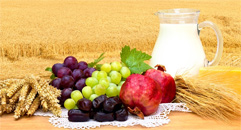 universe. This is why we often bless one another, Hamakom yivarech or Hamakom yenachem, “may Hashem bless” or “may Hashem comfort”.
universe. This is why we often bless one another, Hamakom yivarech or Hamakom yenachem, “may Hashem bless” or “may Hashem comfort”.
The Gemara in Tractate Kiddushin says that the Land of Israel is higher than all other lands. Those who look at the Gemara superficially scoff and say that this is ridiculous – there are no mountains in the Land of Israel anywhere near as high as the Matterhorn, Kilimanjaro or Mount Everest. How can the Gemara make such a statement? Rebbe Shimon Bar Yochai says in the holy Zohar that the Land of Israel resembles the Upper Spiritual Realm; that’s why Hashem brought His Chosen People there and designated the Land as the Holy Land, the Land of the Holy Temple and the Land where all the mitzvot of Torah are practiced and observed. In that regard, the Land of Israel is spiritually elevated far beyond all other lands. This is what the Gemara means when it says that the Land of Israel is higher than all other lands. The Yerushalmi Talmud in tractate Shekalim tells us specifically that the Land of Israel is holier than all other lands, for as the Torah tells us, Hashem’s Divine Presence is always there.
With all the above in mind, we can now see why the Torah says, “He brought us to this Place and He gave us this land”; in my translation, I capitalize the “P” in place for it refers to Hashem. The Torah is telling us that Hashem brought us here – to the Land where His Divine Presence always hovers, the Holy Land of Torah and mitzvot that He gave us. Therefore, “Place” and “Land” are not at all redundant – the former refers to the Divine Presence while the latter refers to the Land of Israel.
So why is the Land of Israel referred to as the Land flowing with milk and honey? We find the inner-dimensional answer in Kabbalistic thought: every creation has two spiritual sides to it – din and chessed, or stern judgement and compassion. Milk comes from the side of chessed; it’s stern-judgmental counterpart as we learn in Tractate Nida is menstrual blood. Honey too comes from the side of chessed, for we learn in Kabbala that the sweetness of foods stems from chessed whereas bitterness and hot spiciness stem from din. On a spiritual level, the Land flowing with milk and honey refers to the Land of Divine compassion. Even on a tangible, material level, the fruits of the Land of Israel – as anyone who has ever visited here can testify – have a special sweetness to them.
Going a step further, the holy sage and Kabbalist Rebbe Moshe Chaim Luzzatto, the “Ramchal” explains that outside of Israel, the Divine sphere of malchut d’assiya rules, whereas in the Land of Israel, malchut d’yetzira rules. Whereas assiya is the lowest of the four worlds[1], yetzira is the entrance hall of the world to come. As such, in the Land of Israel, where malchut d’yetzira rules, evil cannot siphon off of the Divine abundance, the “milk and honey”. In contrast, outside of Israel where malchut d’assiya rules, evil can feed off of Divine abundance.
The above teaching of the Ramchal is certainly cryptic to the lay ear, but it simply means that the Land of Israel is the place of Divine abundance, particularly spiritual abundance. That’s why, according to the Ramchal, Hashem brought the Jewish People here. Torah and emuna are much more readily grasped in the Land of Israel, for the Divine concealment is much greater outside the Land of Israel.
May the day come soon when we see the in-gathering of the exiles and the full redemption of our people right here, in the Land flowing with milk and honey, Amen!
[1] The four worlds, as brought forth in Kabbala, are – from lowest to highest – assiya, the practical world, our physical world; yetzira, the productive world, the lowest level of the World to Come; briya, the creative world, the world of the angels; and atzilut, the world of splendor or pure G-dliness. Each world has ten spheres, the lowest of which is malchut, kingship, from where emuna is derived.







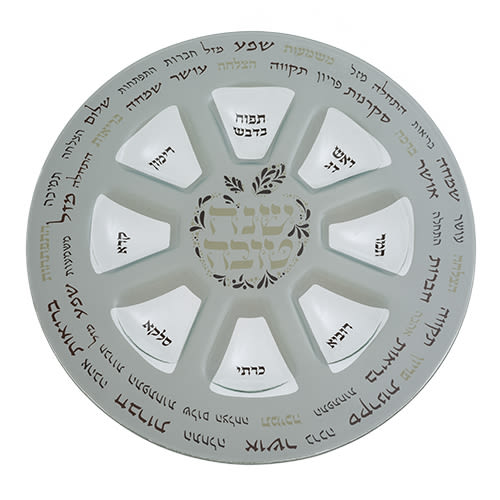
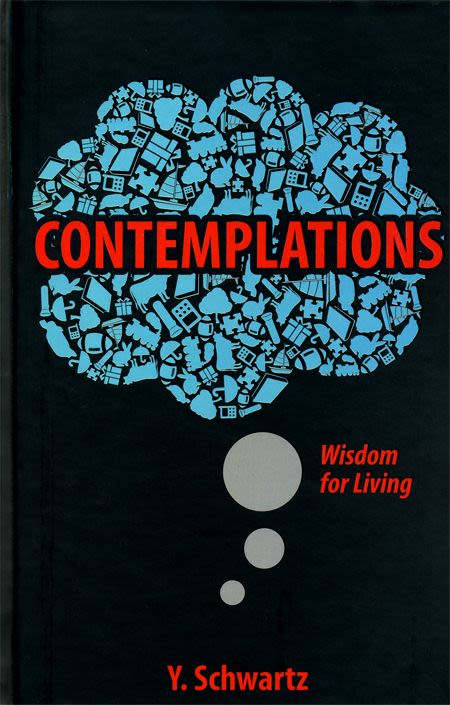

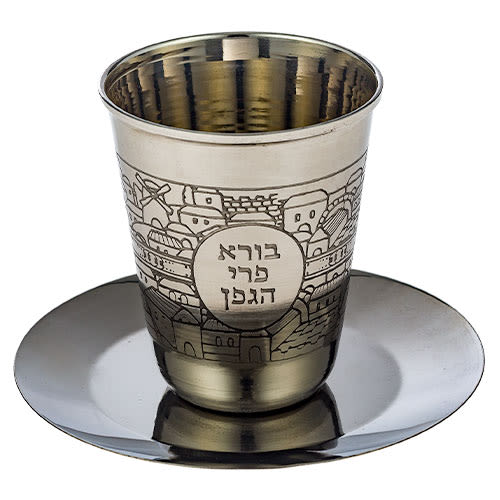
Tell us what you think!
Thank you for your comment!
It will be published after approval by the Editor.